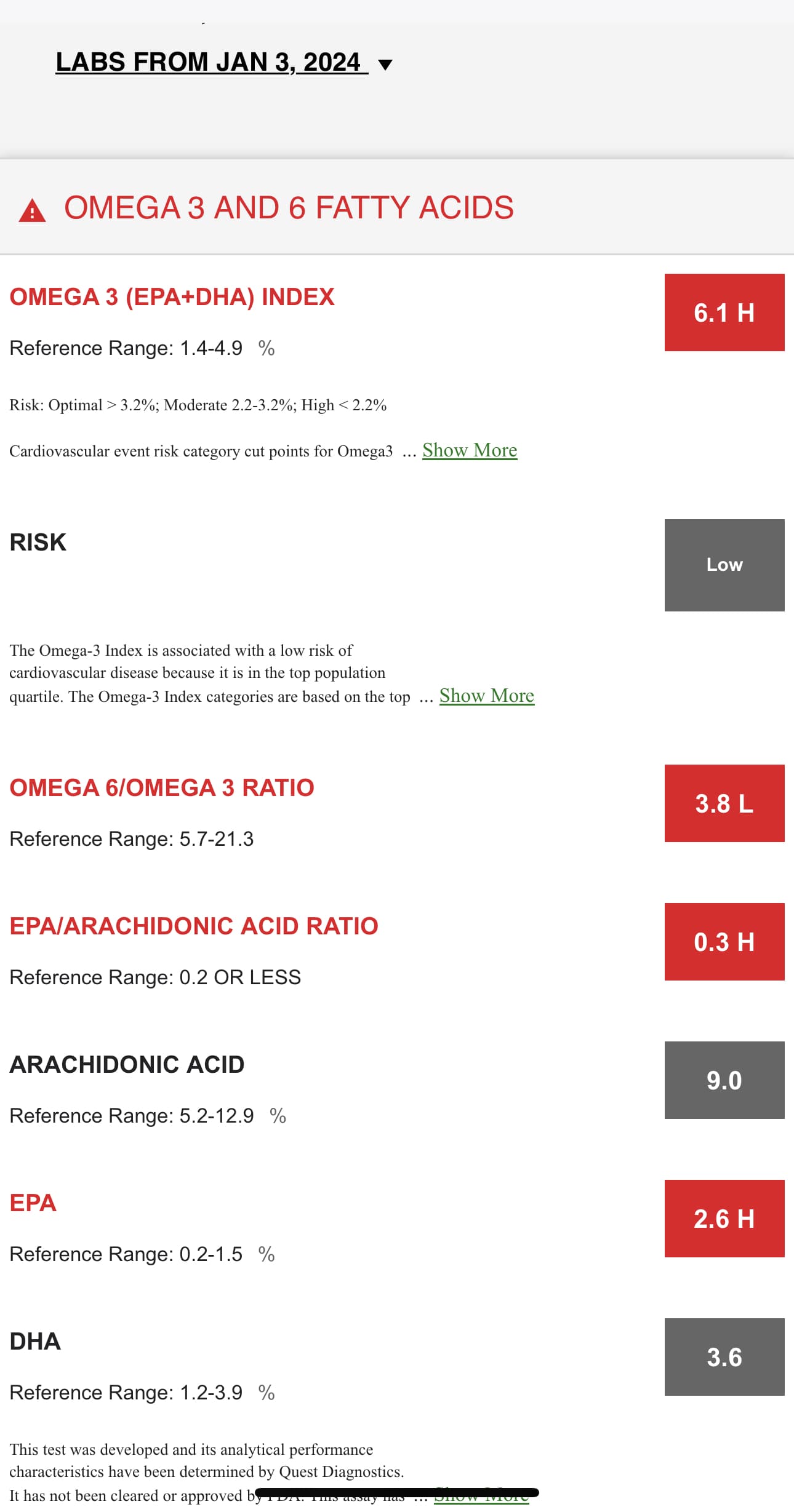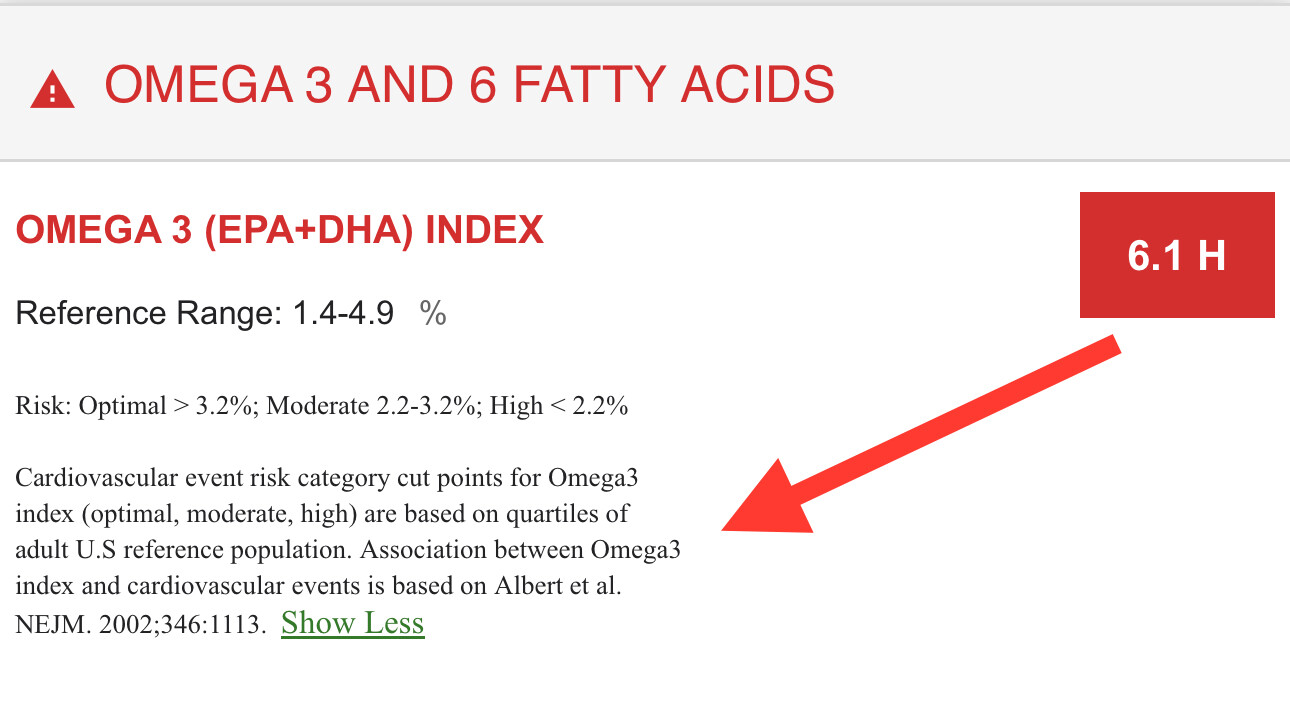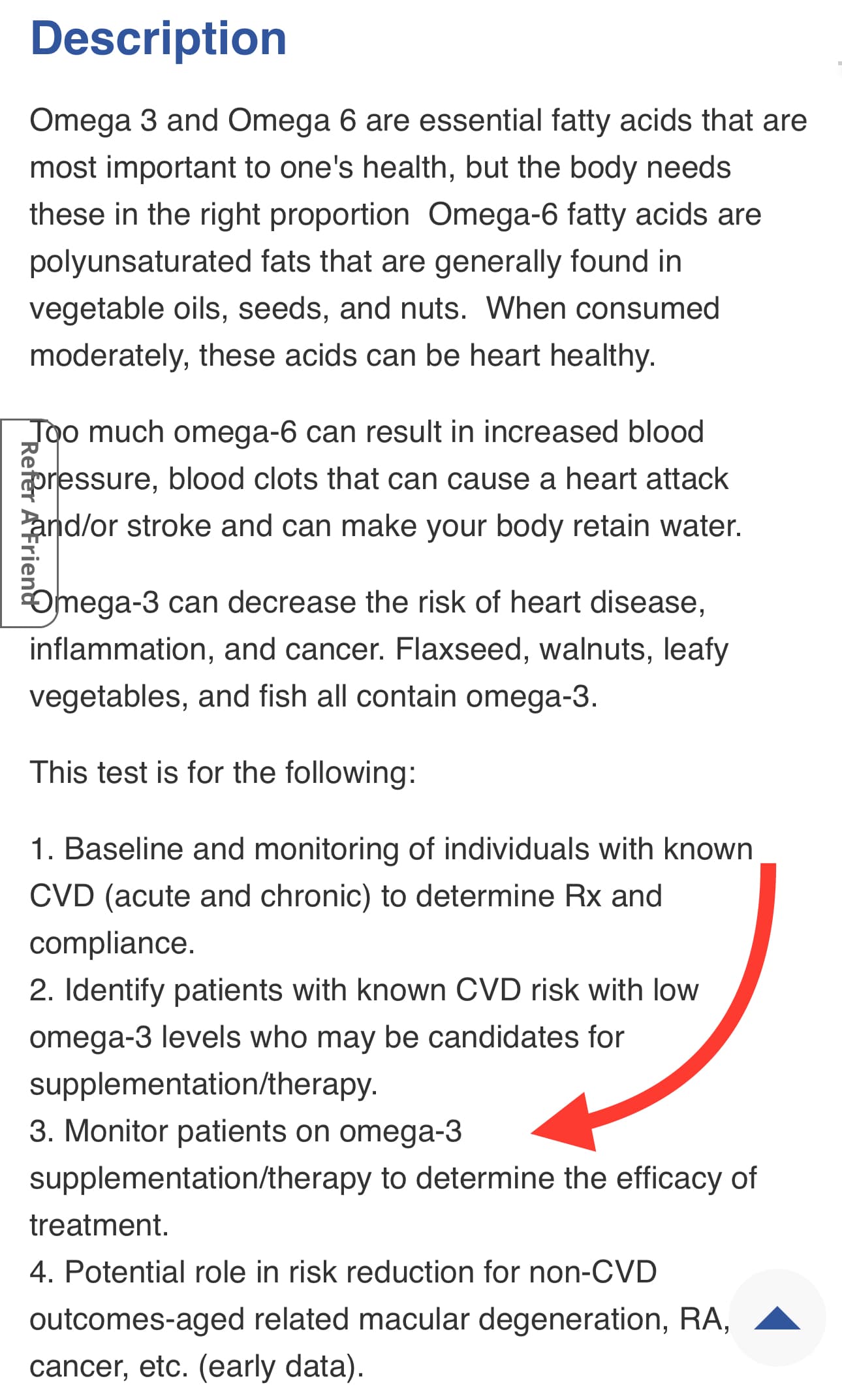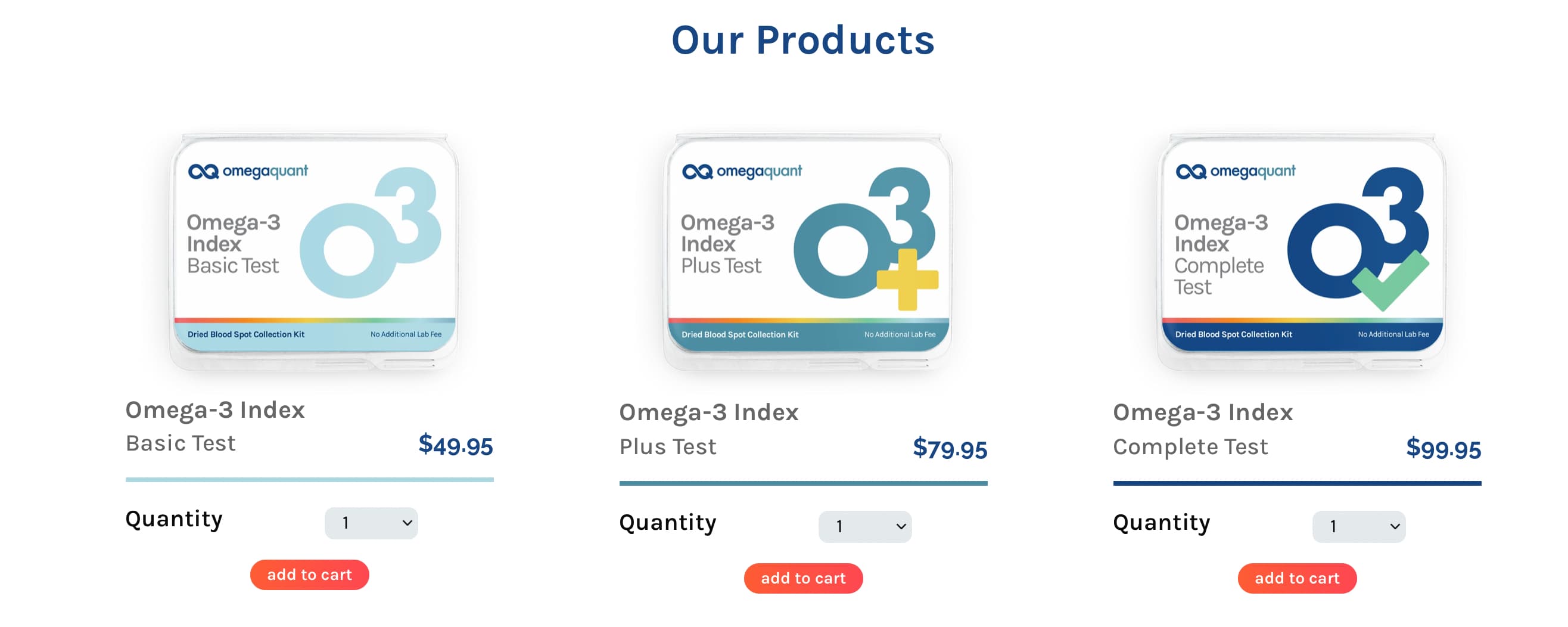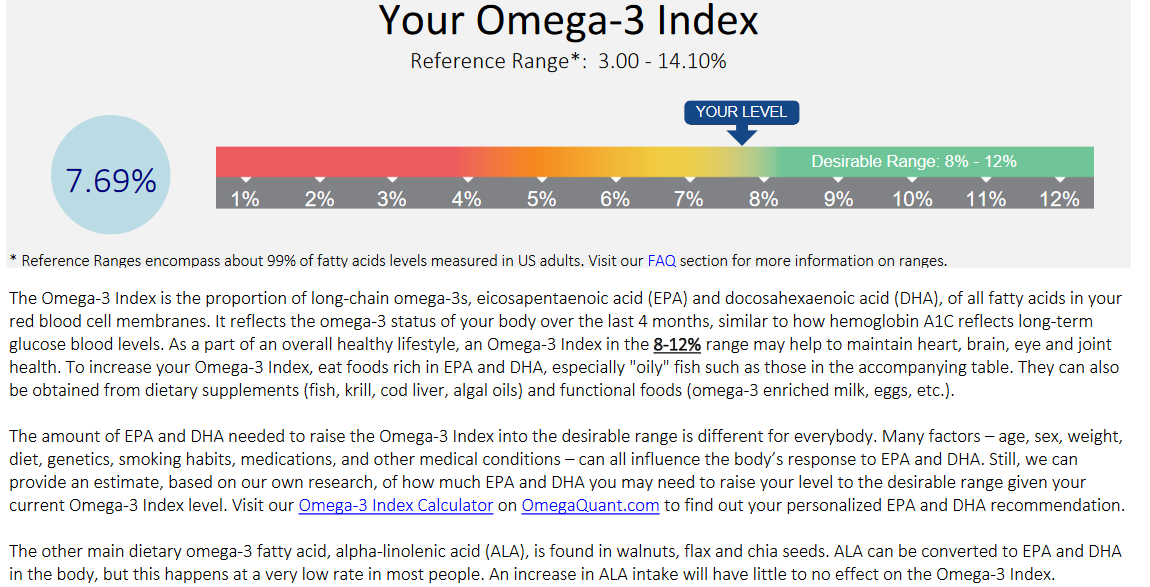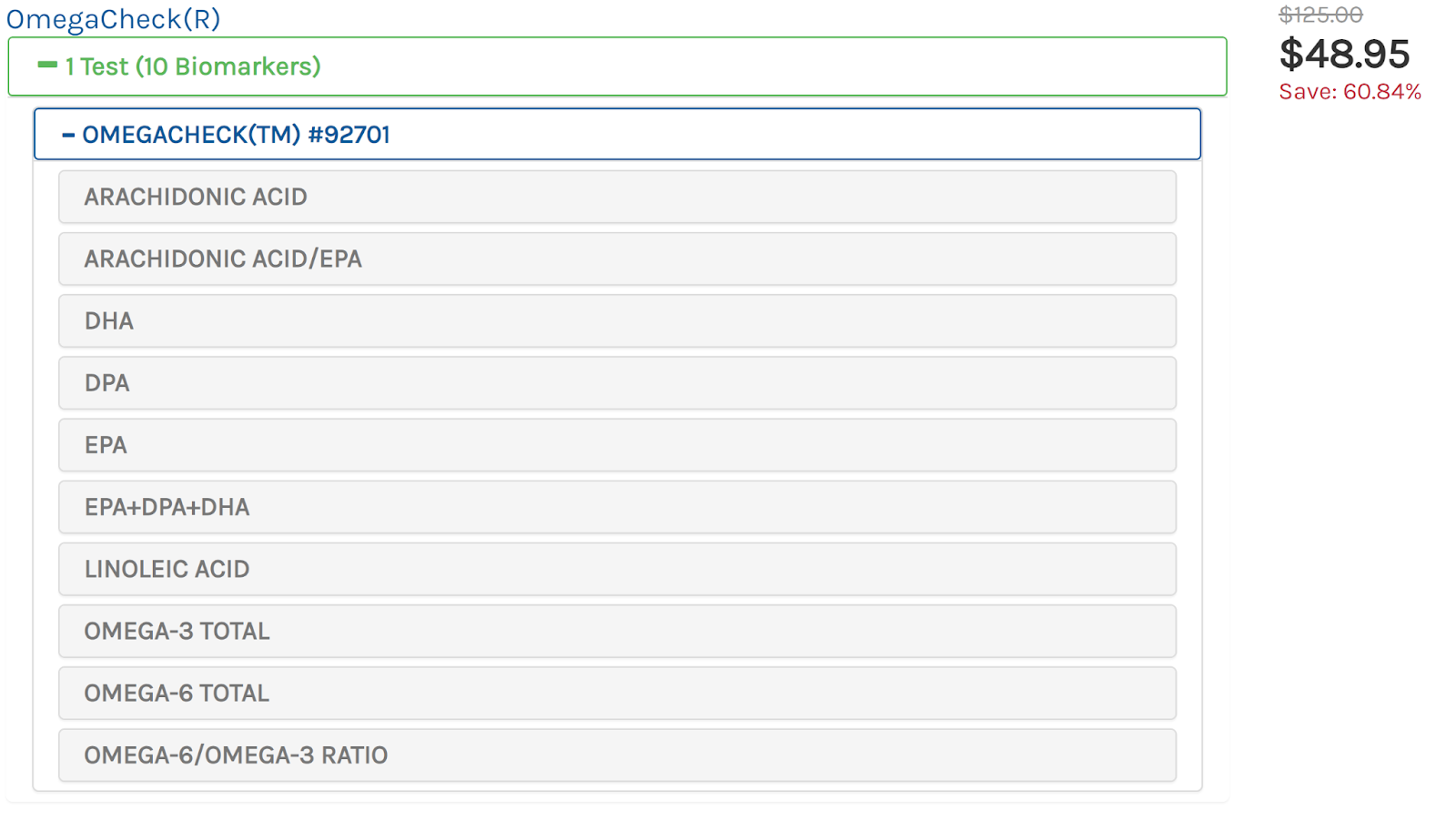I’ve never done this test before. Not have I ever reviewed results from this sort of test from one of my patients. It’s just not a test you would typically see on a hospital patient. I just got these results. At first I saw all the red marks and thought “oh no, my results are awful!” But after looking closer, I think most of these items marked red are actually pretty good. And, maybe my Omega 3 index marked “high” at 6.1 should be even higher. And, my Omega 6/Omega 3 ratio marked “low” at 3.8 should actually be lower. Which by the way I didn’t understand this number (3.8) at first because it’s not a ratio. But now, I’m pretty sure 3.8 is actually 3.8:1. I think the problem is these are reference ranges might be for the typical American but what we really want to go by would be more like a typical person on a Japanese diet. This lab test was performed by Quest. I looked up LabCorp and they use the same reference ranges. However, I think Life Extension uses the correct references found here https://www.lifeextension.com/-/media/lef/files/pdf/bloodtestsamples/omega_3_index_complete_sample_report.pdf
I’m still uncertain about this. Wondering if I’m looking at
this wrong. Quest and LabCorp are the two largest labs in the country. I can’t believe their reference ranges could be so wrong. What do you think?
I would argue that those red marks are good. It’s just out of the ordinary in a good way.
Do you know if this is from cell membranes and hence “a three month average”
According to Tom Dayspring, Peter Attia and others that really is the test one should use
I think so, right? That’s what I have concluded. Now that I have looked closer and read the fine print I see these reference ranges are based on the US population. Seems like “ideal” reference ranges would be best.
I guess I don’t know for certain. Did they mention specifically the test they take? Do you know how to get the test they recommend? Here is the description of the test I took. It says the test will determine efficacy of supplementation therapy to determine efficacy of treatment. So I would think the test is providing more insight than just what you have recently consumed in your system at that moment. My labs were 12 hours fasted from food and supplements. I might just do the Life Extension test next time since it’s a little cheaper and more comprehensive. I think It includes a breakdown of each individual fatty acid.
FWIW:
The Omega 3/6 ratio test is available from Ulta Lab for $44 without any discounts.
Measures 7 parameters:
“Compare - Omega 3 Test (LGC)”
Biomarkers 7
ARACHIDONIC ACID
Arachidonic acid is a polyunsaturated fatty acid present in the phospholipids (especially phosphatidylethanolamine, phosphatidylcholine, and phosphatidylinositides) of membranes of the body’s cells, and is abundant in the brain, muscles, and liver. In addition to being involved in cellular signaling as a lipid second messenger involved in the regulation of signaling enzymes, such as PLC-γ, PLC-δ, and PKC-α, -β, and -γ isoforms, arachidonic acid is a key inflammatory intermediate and can also act as a vasodilator
ARACHIDONIC ACID/EPA
Arachidonic acid is a polyunsaturated fatty acid present in the phospholipids (especially phosphatidylethanolamine, phosphatidylcholine, and phosphatidylinositides) of membranes of the body’s cells, and is abundant in the brain, muscles, and liver. In addition to being involved in cellular signaling as a lipid second messenger involved in the regulation of signaling enzymes, such as PLC-γ, PLC-δ, and PKC-α, -β, and -γ isoforms, arachidonic acid is a key inflammatory intermediate and can also act as a vasodilator
DHA
The omega-3 fatty acids EPA and DHA are found in seafood, such as fatty fish (e.g., salmon, tuna, and trout) and shellfish (e.g., crab, mussels, and oysters).
EPA
The omega-3 fatty acids EPA and DHA are found in seafood, such as fatty fish (e.g., salmon, tuna, and trout) and shellfish (e.g., crab, mussels, and oysters).
OMEGA 3 (EPA+DHA) INDEX
Omega-3 (n-3 polyunsaturated) fatty acids are essential fats that your body needs to function properly but does not make. Humans must eat them through food, which means getting EPA (eicosapentaenoic acid) and DHA (docosahexaenoic acid) from seafood, such as salmon, tuna, sardines, mackerel or shellfish, and ALA (alpha-linolenic acid) from sources such as walnuts, flaxseed, and canola and soybean oils. Omega-3 fatty acids, particularly EPA and DHA, have been shown to benefit the heart of healthy people, and those at high risk for — or who already have — cardiovascular disease.
OMEGA 6/OMEGA 3 RATIO
Omega-6 (n-6 polyunsaturated) fatty acids are the other group of essential fats that your body needs to function properly but does not make. Hence, they need to be consumed in the diet. Food sources of omega-6 fatty acids include some vegetable oils (soybean, safflower, sunflower or corn oils), nuts and seeds. Increased consumption of omega-6 fatty acids in place of saturated fats and trans fats is associated with a decreased risk of coronary heart disease.
@desertshores is that a 3 month average (similar to HbA1c) and not a more “random” point estimate (like just a one off fasting glucose number thought).
Think that distinction is very important for how much you get out of the information
Thank you very much for that. They use the same labs as I use so the results will be the same. But it is cheaper so I will shop there before my next labs!
Thank you for that info! That is the same test as sold by Life Extension. You can see “Omega Quant Lab Director, Brad Randall” on the bottom of both sample reports. So Omega Quant is the direct source. I like that! However it will probably come down to if one of the has a discount. I’ll be using that test next. I might just try to do it right away to compare results.
To be honest I have no idea.
Correction
I just found out some info about the test:
The Omega 3 Index test is a blood test that measures the percentage of EPA and DHA in red blood cell membranes.
It provides an estimate of the average omega-3 status over the previous 120 days, which is the lifespan of a red blood cell.
It does not measure immediate or circulating omega-3 levels in the bloodstream, which fluctuate daily.
The Omega 3 Index is considered a stable, long-term measure of omega-3 status.
Here is the Omega-3 Index report I got from OmegaQuant. The difference is that is represents Omega-3s in the red blood cells over a 4 month average. 8% or above is considered ideal for health and longevity, so I’m close with my regimen of about 2 teaspoons of salmon oil (Vital Choice) per day and a serving of fish a couple of times per week.
Sounds good! @desertshores where did you find that info, please? I’m guessing both tests are basically the same since they test red blood cell membranes. The life span of a red blood cell is 4 months. So a blood sample is going to include a mixture of RBCs that are anywhere from one second old to 4 months old.
The results from various AIs may be misinterpreting the results. I do not believe that the Omega 3 index test measures past averages rather it measures the immediate levels based on the last 3 to 4 months, hence 120 days. But it is not an average level.
There is more than one Omega 3 test, but I think the Omega 3 index test is the most useful.
The test from Ulta Labs includes the index test.
The Omega 3 levels change much, much more slowly than Omega 3 level, so an average of Omega 3 is probably a moot point
As described in the Omega-3 Index report, it will take 3-4 months for these ratios to reach their new levels."
https://sci-hub.se/10.1007/s11886-010-0141-6
My results from OmegaQuant came in. I have a 10.32% index score.
Reference range of 3-14.1%
I understood that >6% was good and >8% is ideal. I don’t know if “the higher the better” is true here.
I eat salmon several times every week plus dark tuna (not as good for omegas) as often. I take Thorne fish oil daily (which doesn’t seem to have been blocked by ezetimibe). I eat a lot of walnuts but I don’t think that matters as much.
Mine should come any day. I think one of the longevity Docs said 8-12% is the range you want to be in.
Hmmm. All I got was the index score. I think all or most of these items were also available for additional $. I took the cheapest way to check if ezetimibe was blocking omega absorption. It isn’t.
Thanks, Charles. I’m just trying to adjust my dosing of Omega 3s but I still haven’t even figured out if I should be taking more EPA than DHA (I am) or the opposite. I suppose the Mental Health Assessment might be useful to see if I’m certifiable yet ![]() . Click the “like” button if you think I am.
. Click the “like” button if you think I am.
There are studies pro and con about whether or not EPA should be higher or not.
I am still looking for a definitive answer regarding the aged brain.
